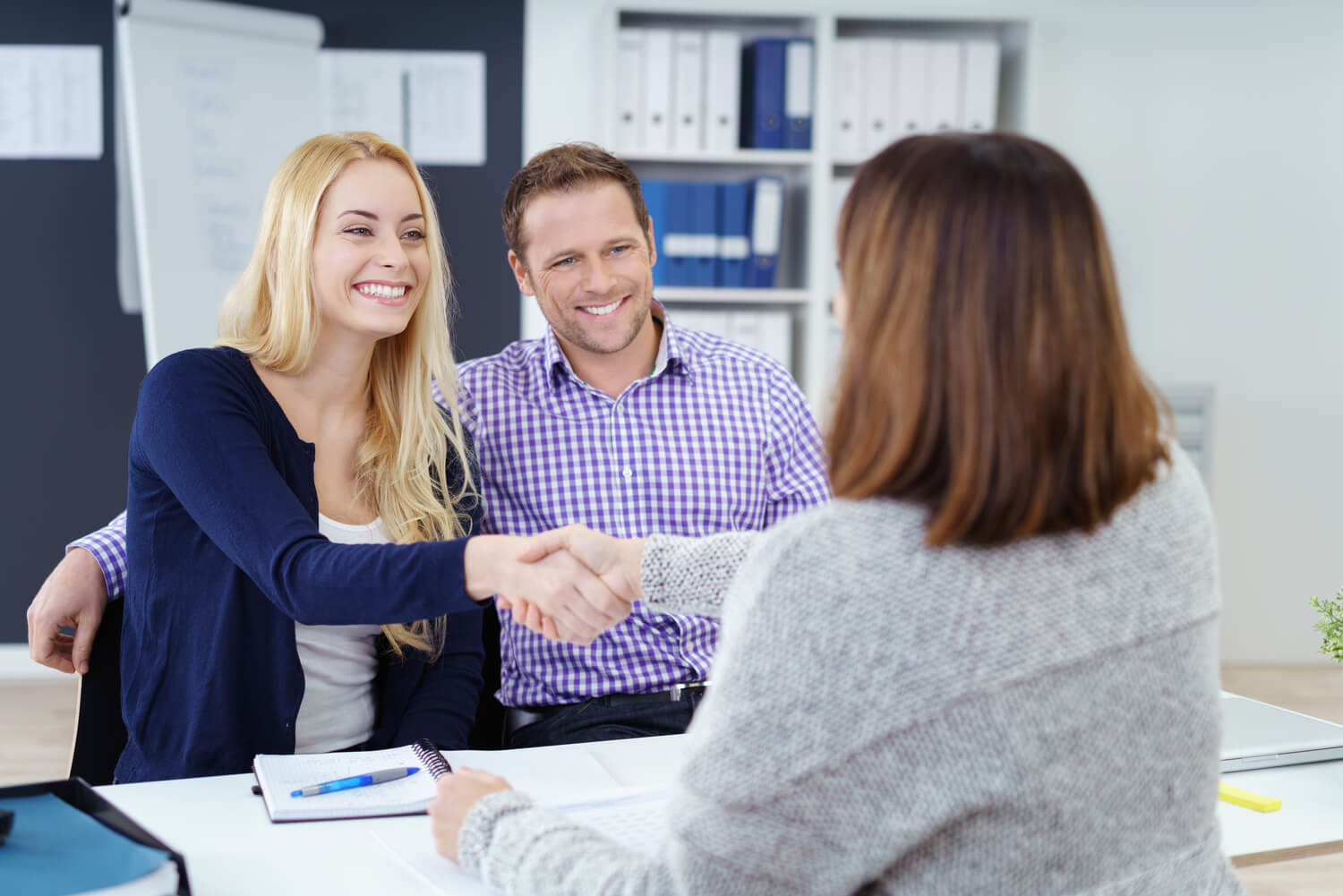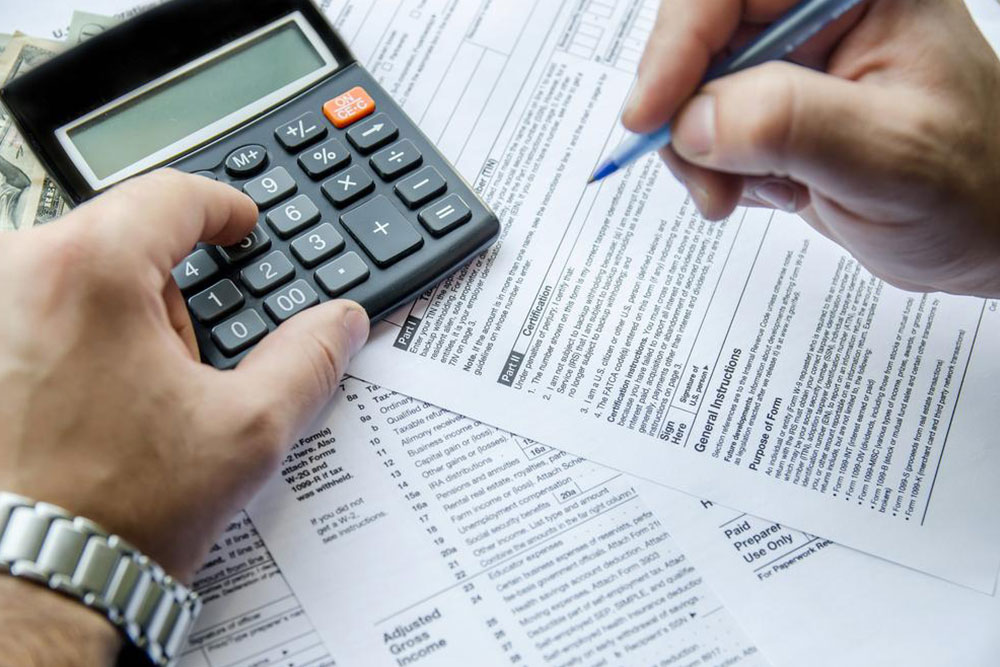Comprehensive Guide to Debt Relief Solutions and Support Strategies
This comprehensive guide explores various debt relief solutions, including settlement, consolidation, and bankruptcy, alongside supportive programs. It aims to help individuals understand and manage their debt effectively, promoting financial independence and stability. By understanding these strategies and resources, borrowers can regain control of their finances and work towards a debt-free future.

In-Depth Overview of Debt Relief Options and Support Mechanisms
Debt can become a heavy burden for many individuals, impacting both mental and physical health, financial stability, and future security. Often, debts accumulate due to unforeseen expenses, lifestyle choices, or situations beyond personal control. In today’s economic landscape, understanding the various methods to manage and eliminate debt is essential for regaining financial independence.
While borrowing money may seem like a quick solution to meet immediate needs, the long-term consequences of unpaid debts can be daunting. High-interest rates, late fees, and mounting balances can trap borrowers in a relentless cycle of debt, making it difficult to break free without proper strategic planning and support.
Many people feel overwhelmed and hopeless, believing that debt relief is out of reach. However, there are numerous established programs and strategies designed specifically to assist individuals in overcoming debt burdens and restoring their financial health.
Government-backed initiatives and community resources provide essential aid to those struggling financially. Understanding these programs can be a crucial step toward a debt-free future. Below, we explore various types of debt, effective management strategies, and available support options to help you regain control of your finances.
Types of Debt You Might Be Dealing With
Debt typically arises from a variety of borrowing options individuals use to finance their lives. Common types include:
Auto Loans: Borrowed to purchase vehicles, these loans often come with fixed repayment schedules but can result in significant interest over time.
Student Loans: Designed to finance higher education, these debts can be long-term commitments affecting financial plans for decades.
Credit Card Balances: Unpaid balances accrue high-interest charges, often leading to debt spirals if not managed properly.
Mortgage Loans: Large loans for purchasing property, usually paid over many years, but failure to keep up with payments can lead to foreclosure.
Popular Debt Management Strategies
Several proven strategies can help individuals manage and reduce their debt burdens effectively:
Debt Settlement
This approach involves negotiating with creditors to lower the total amount owed. Often, working with professional debt settlement firms or attorneys, debtors can reach agreements that reduce the principal amount, thereby alleviating some financial pressure. During this process, it is essential to allocate funds regularly to an escrow account and make a lump sum payment once a settlement agreement is reached. While debt settlement can provide immediate relief, it also has implications for your credit report and may impact your credit score.
Debt Consolidation
Debt consolidation involves taking out a new, low-interest loan to pay off multiple existing debts. This strategy simplifies your repayment plan by combining several obligations into one, often with a more manageable interest rate. Debt consolidation can help reduce monthly payments and total interest paid over time, making it easier to stay on top of your finances. To successfully consolidate debt, you need to meet certain creditworthiness criteria to qualify for favorable terms.
Bankruptcy as a Last Resort
When all other options have been exhausted, declaring bankruptcy may be the only viable alternative. It involves submitting a legal petition acknowledging the inability to repay existing debts, which can lead to the discharge of certain debts or the restructuring of your financial obligations. While bankruptcy can provide a fresh start, it also carries long-term consequences such as damage to your credit report and potential limitations on future borrowing.
Understanding and Using Debt Relief Programs Effectively
Debt relief programs, often combined with credit counseling services, play a vital role in guiding individuals through the complex process of debt management. These programs offer specialized advice tailored to your financial situation, helping you develop realistic repayment plans, negotiate with creditors, and access affordable loan options.
Partnering with reputable credit counseling organizations can significantly improve your chances of achieving a debt-free life. Their expertise can assist you in reducing total debt, lowering interest rates, and avoiding future financial pitfalls.
In addition, government-backed initiatives such as debt management plans (DMPs), student loan repayment assistance, and housing counseling services are designed to provide affordable solutions for struggling borrowers. Ensuring you work with accredited organizations helps to safeguard your financial future and provides confidence in the support received.
In conclusion, understanding the wide array of debt relief options available, from negotiation and consolidation to legal remedies, can empower you to make informed decisions. Taking proactive steps towards managing and reducing debt not only improves your financial stability but also enhances your overall quality of life. Remember, seeking help is a sign of strength, and with the right support, a debt-free future is within reach.





